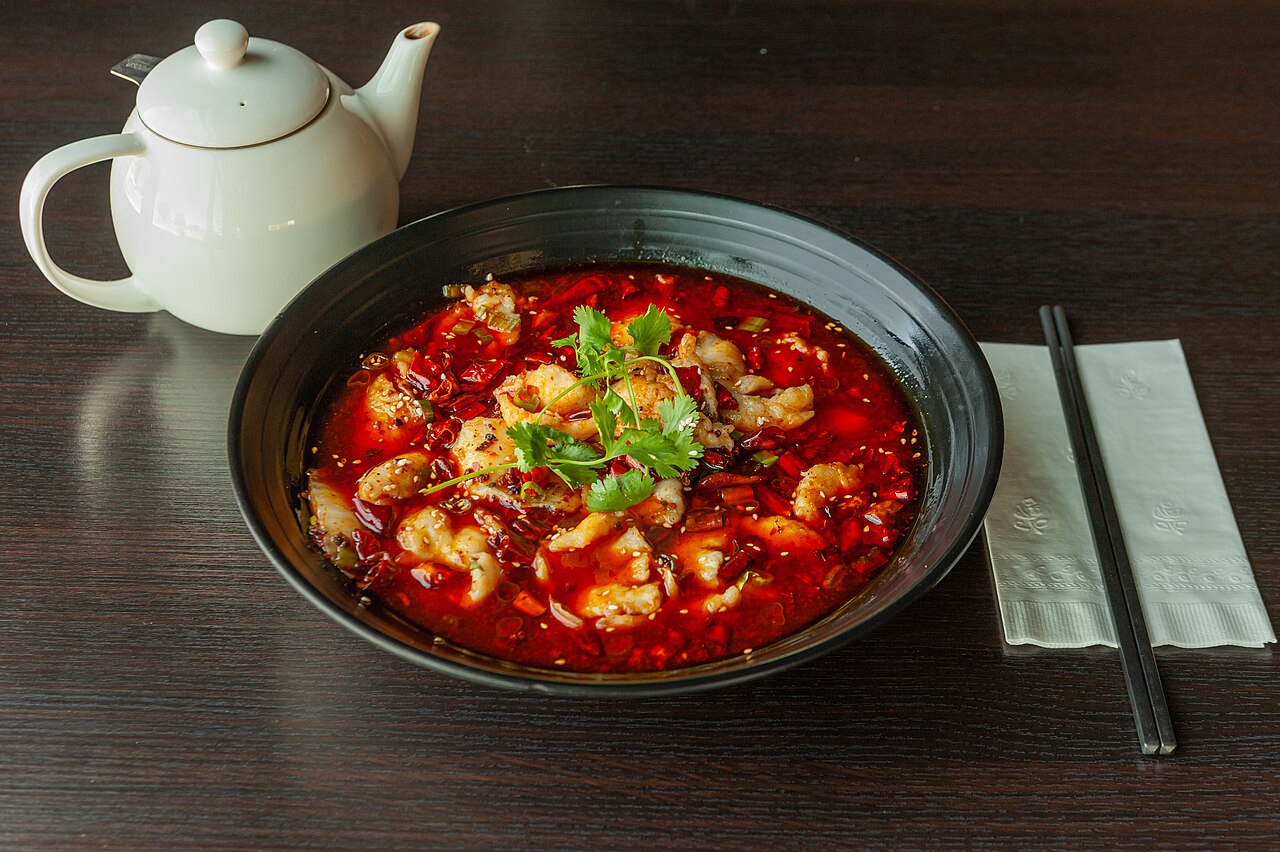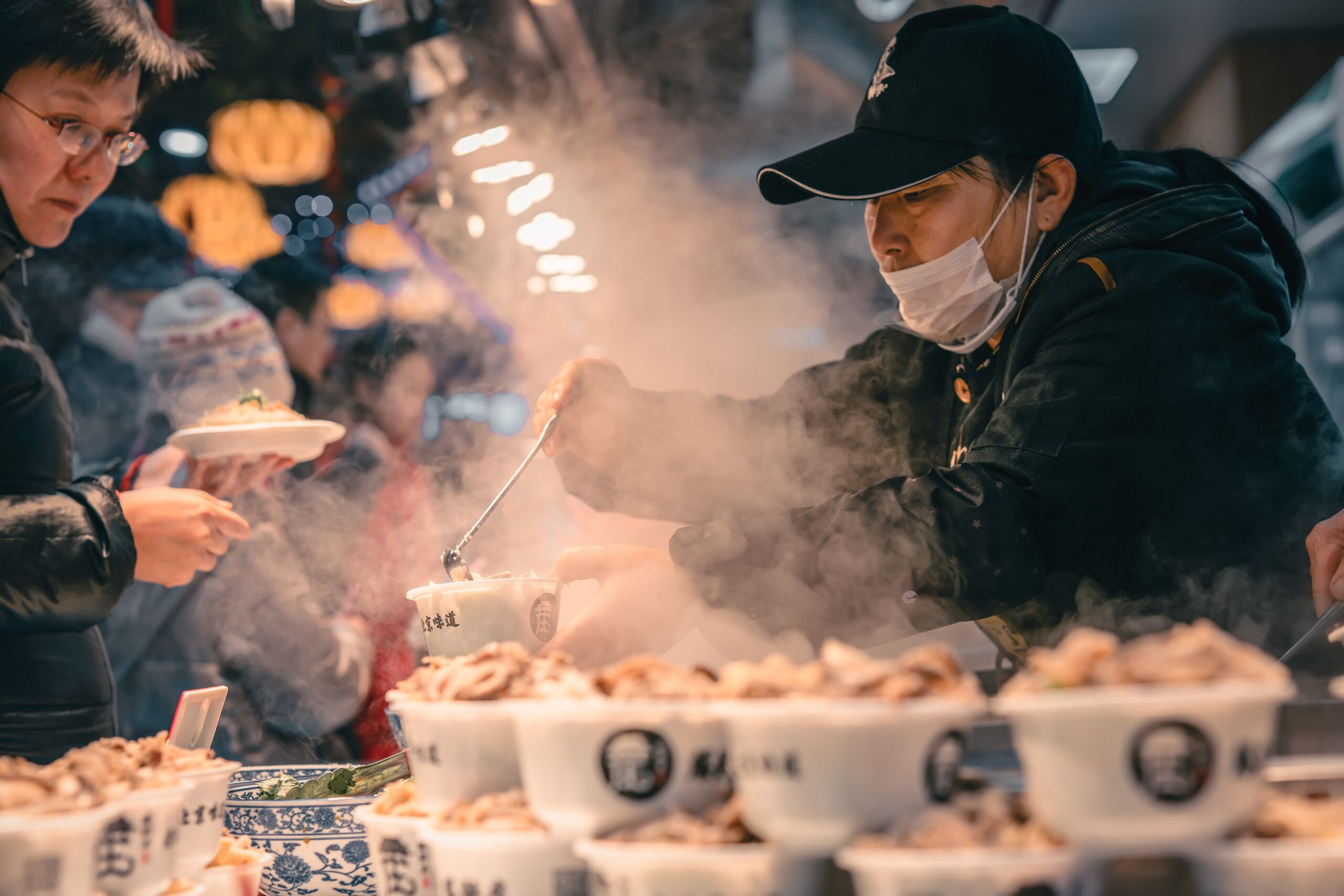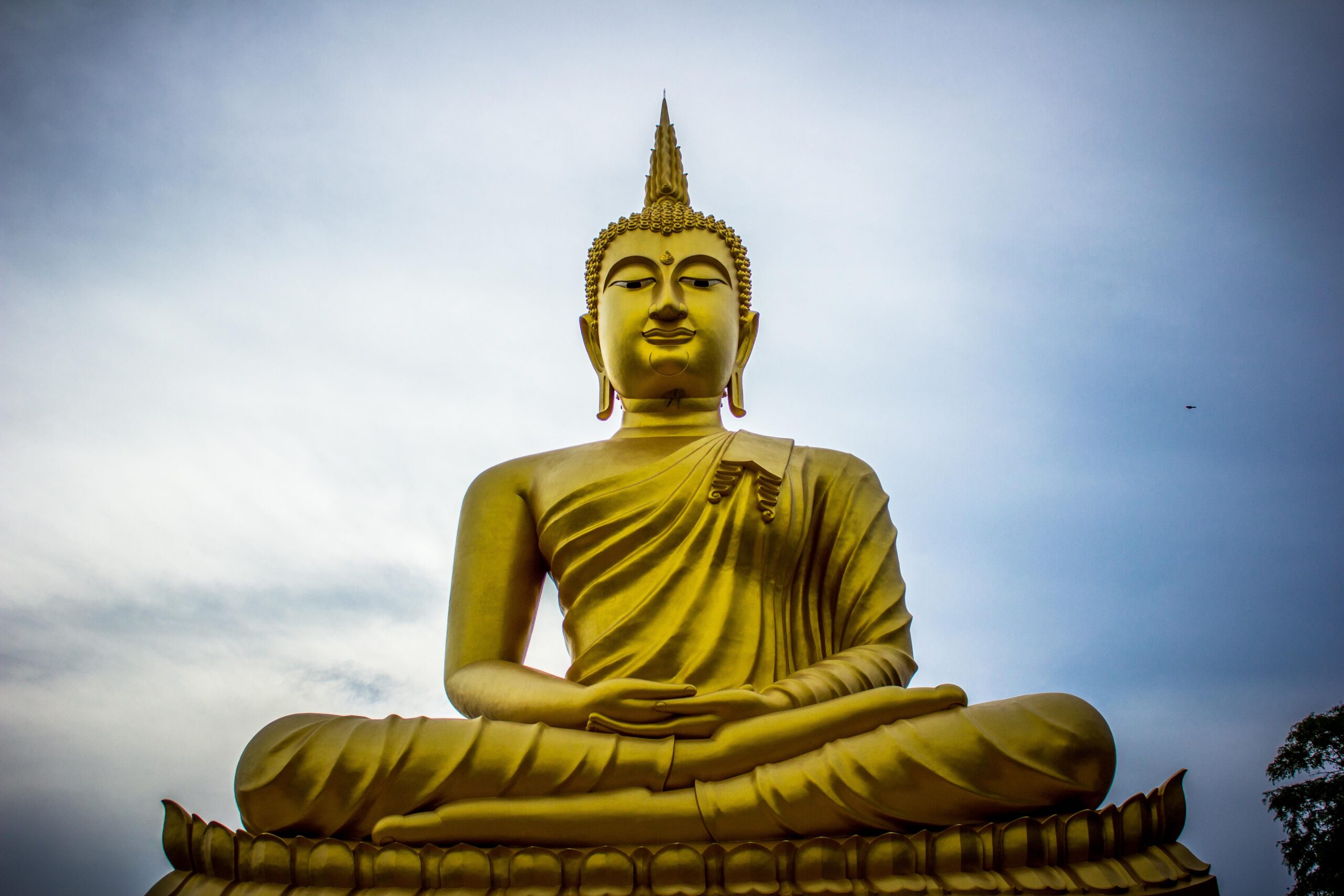Ever wondered about the historical evolution of Sichuan cuisine? How it became the fiery, flavor-packed powerhouse it is today? Let’s unravel the spicy secrets behind the evolution of Sichuan cuisine through time. And let us simultaneously discover hitherto unsung hero, Sichuan chilli oil! – all in the Sichuan Spice Odyssey: A Fiery Tale Through Time.
The western/central region of China includes the provinces of Hunan and Sichuan (Szechuan), two of China’s most ancient provinces. Today, Sichuan is the most populous and largest province. It thrived for many centuries as the Shu Kingdom before the unification of the country in 221 BC. Born in neighbouring Hunan, Mao Tse -tung demanded the fiery flavours of his native province throughout his life.
Nature has landed Sichuan with craggy mountains, deep valleys, and cliffs. Most of the cultivation is done on the plains surrounding the capital city of Chengdu. A vast irrigation network supports agriculture, originally tapped from the River Min over 2000 years ago.
While Sichuan cuisine offers comparatively less by way of agricultural produce, the surrounding mountains and valleys offer a rich abundance of medicinal herbs and game. Red chillies of the capsicum family are the king of condiments in the cooking of the Sichuan province. The native fagara pepper (the famous Sichuan pepper) is extensively used. Also, garlic, ginger, spring onions, fermented bean paste, and chilli sauce play prominent roles in the pungent flavours of the land.
Ancient Sichuan Cuisine: A Fiery Spice in Time
The flavour profile of the cuisine goes much further than the pungent frontal assault referred to above. The chillies open up the palate and pave the way for the appreciation of other flavours. Various sensations are experienced during chewing, swallowing, and then the aftertaste. As soon as the palate cools down, other flavours suddenly burst upon the taste buds. These manifold flavours and fragrances are what underscore the region’s cuisine.
In ancient times, Sichuanese cooks were food-crafting pioneers, creating dishes that balanced flavor and heat. They embraced local spices and herbs, laying the foundation for the robust taste that defines Sichuan cuisine. Picture this: a Sichuan kitchen wafting of aromatic ginger, garlic, and the subtle fragrance of star anise. The birthplace of bold flavors.
The ‘five flavours’ of traditional Chinese medical theory – sweet, sour, salty, pungent, bitter. This holy Pentad all appear together in subtle combinations and harmonious balance. This is no doubt of the source of this cuisine’s enduring popularity and appeal.
But before World War II, Sichuan food was virtually unknown outside its provincial borders. Wait, WHAT?
Read on. 🙂
How Sichuan Cuisine Transcended Borders
As history unfolded, Sichuan cuisine weathered revolutions and societal shifts, adapting to changing times.
To escape the Japanese juggernaut, in 1937, the Nationalist government moved its HQ to Chungking, deep in Sichuan territory. For eight long years, everyone from government ministers and military officials to clerks and footsoldiers ate and flourished on Sichuan food. They quickly discovered that the pungent chillies, ginger, garlic and onions helped ward off the oppressive damp of summer and with winter chills. When the government and military returned to Shanghai and Nangking, they brought with them thousands of Sichuan chefs. Their palates and systems had become addicted to the Sichuan culinary style. The chefs then set up their own trade in Taiwan, and then to Taipei, and finally out to ply their trade across the world.
Evolution in Global Spice Fusion: Sichuan Cuisine’s International Affair
Enter the 20th century, when Sichuan chilli oil became a symbol of resilience, infusing dishes with its bold spirit. The fiery Mapo Tofu and Dan Dan Noodles have become comfort food for the masses, transcending socio-political changes.
In the modern era, Sichuan cuisine has embarked on a global adventure. Restaurants worldwide are embracing the magic of chilli oil – a passport to fiery delights. Picture global foodies discovering the tingling sensation of Mala Hot Pot, their taste buds dancing to the rhythm of Sichuan spice.
The reason for this, as mentioned above, is the manifold flavour – pungency and aftertastes – an exciting, interesting, stimulating and appealing experience in this fast-paced and sensory modern world.
Today, Sichuan cuisine stands as a testament to the enduring power of spice. Savor Sichuan Chilli Oil, with its roots deeply intertwined with history, invites you to embark on your own spicy journey. Drizzle it over your noodles, stir-fries, and grilled delights – and become part of the ongoing legacy of Sichuan flavor.
So that’s the historical evolution of Sichuan cuisine. Ready to spice up your culinary adventure? Let the Sichuan spice saga unfold on your plate! Order Savor Sichuan Chilli Oil today!
References: Some portions of content adapted from that jewel of a book – The Complete Chinese Cookbook.



